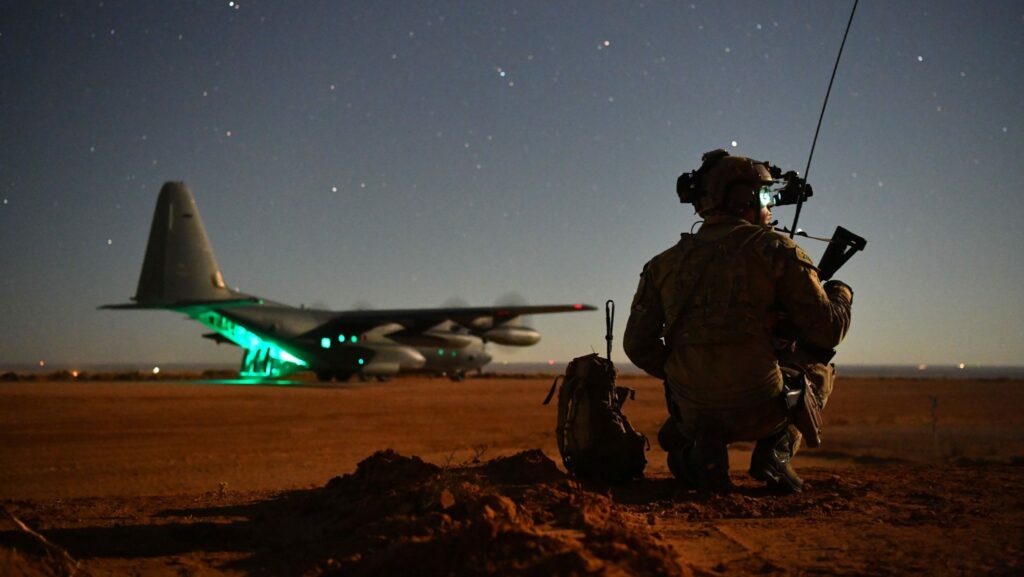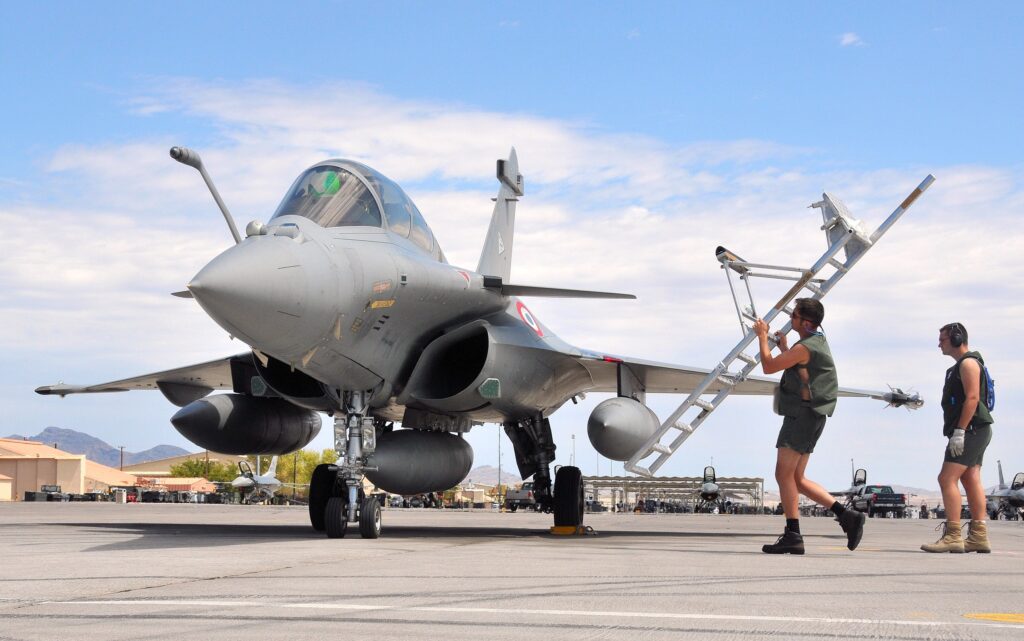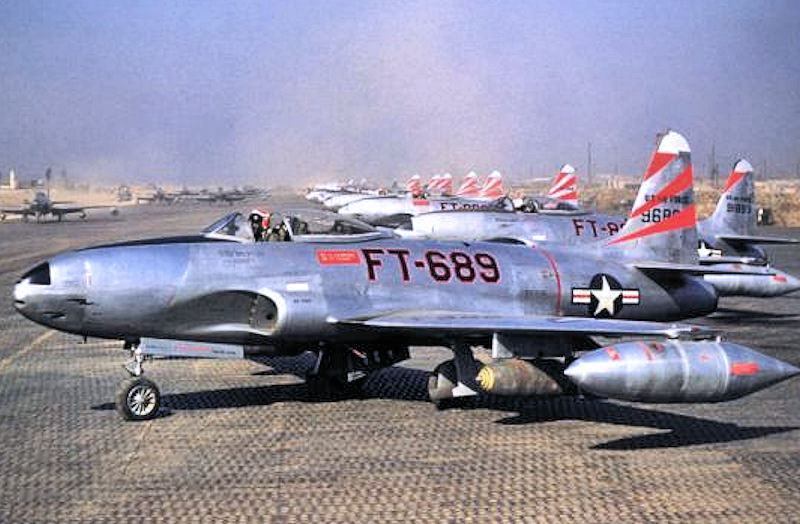Air Force Special Operations Command is changing to stay relevant
- By Stavros Atlamazoglou
Share This Article

Recently, Lieutenant General Jim Slife, the commanding general of Air Force Special Operations Command (AFSOC), gave an interview about the future of Air Force special operations.
Gen. Slife sat down with Dr. Seth Jones, the director of the transitional threats project at the Center for Strategic and International Studies (CSIS), a prominent think tank.
Gen. Slife foreshadowed some big changes to Air Force special operations. First, he made a case for the better use of existing technology rather than constantly chasing new projects to the detriment of the current platforms.
“It is crystal clear to me that the AFSOC that we will need in the future is different than the one we have today,” he said. “So, if you accept the proposition that we will have declining resourcing with which to work with, the only conclusion that one can come to is that we have to divest to invest.”

However, that doesn’t mean that AFSOC wouldn’t hesitate to drop an existing platform (for example, replacing completely the H version of the MC-130 Combat Talon II aircraft that has been in service since 1991 and costs almost double ($160 million per unit) the cost of the newer J version).
“Those are the things that, no matter how dear they might have been to us for the last 20 years, we’re going to have to bring ourselves to the point where we can cut loose some of them in order to invest in the things that we think might be more relevant in the future operating environment,” added Slife.
In addition, he restated his aim to bring his command closer to the big Air Force, and AFSOC will be looking for opportunities to do that. However, the role of Air Force special operations in counterterrorism operations, like the recent one where SEAL Team 6 operators saved an American hostage in Africa, and the fight against violent extremist organizations will remain constant.
“If SOCOM needed more SEALS, then they’d probably go find more SEALS. They don’t need me to try and produce Air Force SEALS,” said Slife. “I believe the service components of SOCOM are most effective for SOF when we are closest to our parent service and we need to return to a supporting force to the larger joint enterprise.”

But at the core of all special operations units there are humans, and that’s the most important element of any force. AFSOC has been investing more in its men and women. Earlier this year, the Command’s Developmental Team (DT) launched a better and more thorough evaluation and scoring process system for its officers with the aim of enhancing their career potentials.
“Overall, we’ve revamped the entire DT process,” said Major Brandon Webster, the Chief of Command Force Development, in a press release. “We’re focusing a lot more time on the individual to provide substantial feedback and mentor our officers at all levels, beginning at the rank of Captain. It is the DT’s responsibility to ensure the right officer is placed in the right job at the right time, with the right training, education, and experiences.”
AFSOC isn’t the only one looking to stay relevant in the age of Great Power Competition. The Marine Corps has also been taking bold steps to reorganize itself. Guided by the rationale that Marines are an expeditionary force who will need to be agile in a potential conflict in the Pacific theater, Marine leaders have decided to deactivate their Corps’ armor units and divest the funds that would normally go there to other core Marine needs.
Related Posts
Sandboxx News Merch
-

‘Sandboxx News’ Dad Hat
$27.00 Select options This product has multiple variants. The options may be chosen on the product page -

‘AirPower’ Golf Rope Hat
$31.00 Select options This product has multiple variants. The options may be chosen on the product page -

F-35 ‘Lightning’ Framed Poster
$45.00 – $111.00 Select options This product has multiple variants. The options may be chosen on the product page
Stavros Atlamazoglou
Greek Army veteran (National service with 575th Marines Battalion and Army HQ). Johns Hopkins University. You will usually find him on the top of a mountain admiring the view and wondering how he got there.
Related to: Breaking News, Special Operations

Could France undertake the role of Europe’s nuclear protector? Potentially

What are the differences between the six generations of fighter aircraft?
Sandboxx News
-

‘Sandboxx News’ Trucker Cap
$27.00 Select options This product has multiple variants. The options may be chosen on the product page -

‘AirPower’ Classic Hoodie
$46.00 – $48.00 Select options This product has multiple variants. The options may be chosen on the product page -

‘AirPower’ Golf Rope Hat
$31.00 Select options This product has multiple variants. The options may be chosen on the product page -

‘Sandboxx News’ Dad Hat
$27.00 Select options This product has multiple variants. The options may be chosen on the product page
